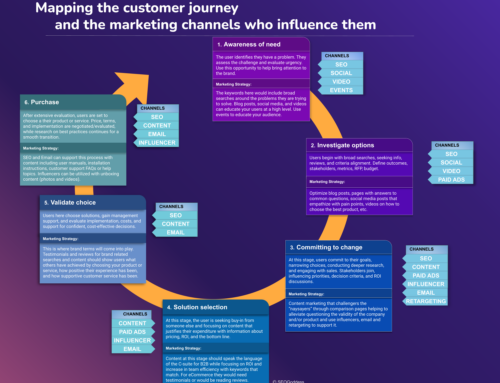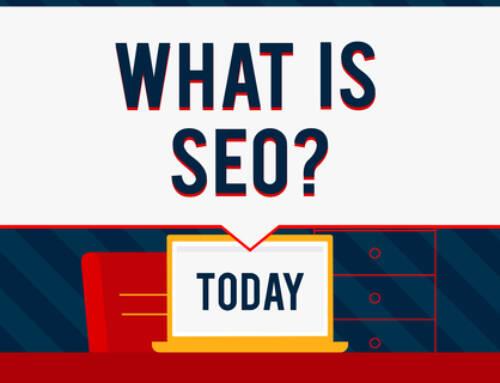Knowing how to categorize a website in a hierarchy based on the search intentions of users can be a daunting process. Virtually every website that contains several pages of content uses some structure in its organization. The most common and simplest structure is pages being put into categories, typically with distinct subcategories. Usability testing, analytics, and search logs—can help companies understand what problems an audience needs solved, and how familiar users are with content. Understandably, decisions about exactly how content should be categorized can have dramatic consequences. To analyze how a structure will work, deep examination of how different website pages correspond with each other is essential to high visibility.
The Emergence of Phantom Update III
The goal of improving the overall quality of search results would definitely be the reason why the movement of a website’s ranking and visibility data would take place. Therefore, a vast number of webpages are evaluated by Google quality raters every day. On November 12,2015, Google updated its Quality Rater Guidelines according to which webpage and content quality is evaluated.
User Intent is Directly Linked to High-Quality Content
In the summer of 2015, the effects of Phantom Update II gave many companies insight of how quickly content can be affected by Google’s Quality Rater Guidelines. Some sites suffered significant drops in visibility due to low content quality grades and other factors stipulated after Phantom II’s launch. However, some of these guidelines have been redefined. Sites that previously experienced heavy loss in traffic have now seen a recovery in traffic. This is because a page’s quality is determined mainly by user intent and how well user expectation is fulfilled by the results.
Low-Quality Content
Content that has an inadequate amount of information for the user or that does not strongly correspond to the search query/user intent could be classified as low quality; this is something that should be particularly avoided within category pages. Google’s Quality Guidelines clearly state that supporting content has to correspond to the user’s central intention. Since a category page is the central (nucleus) page that gathers information from numerous subpages, it must effectively provide information that matches the user’s intention which would require clicking onto yet another page to find out additional information about a product, service or topic.
An Approved Website
An example of a website approved by Google is the recipe website thekitchn.com. After surging in SEO Visibility in the past few months, the Phantom III Update has taken thekitchn.com’s ranking to an even higher level. However, Thekitchn.com’s success has not come from merely posting long content, it comes from the website’s initiative to continually present extensive, updated recipes which deliver informational gems for users and that perform well for numerous keywords.
Duplicate Content
While the Phantom Update II flagged pages that displayed duplicate or very similar content, the Phantom Update III has refined the definition of duplicate content which now considers how well content matches and fulfills user intent. Two web examples of where duplicate content from specific topics would not be affected by new guidelines are song lyrics and dictionaries. Before Phantom Update III went into effect, Merriam Webster experienced a 13 percent loss in visibility. Following this update, however, Merriam Webster gained 398,016 points in SEO Visibilty.
Foreign Brand Keywords
It is assumed that when a user is searching for a particular brand, their intention is clear. “Foreign” brand keywords are being negatively affected by this update based on quality guidelines for the reason that when users continue landing on affiliate pages featuring foreign brand keywords of the search query this implies that the user intent/ expectation is not being met to the user’s satisfaction.
Conclusion
The updated Quality Guidelines from Google certainly does seem to be affecting rankings. However, sites that adhere to these guidelines seem to be unaffected by ranking losses. Google has not officially confirmed Phantom Update III, but recent data suggests that the algorithm has been adjusted to bring its results in accord with its new quality guidelines. Another possibility is that the data from quality raters has been programmed into Google’s machine learning module RankBrain as training data. Pages where the supporting content clearly matches the user intention seem to have benefited greatly from this update.
For specific topics, duplicate content is no longer an issue since users can compare the accuracy and quality of the presentation of results they find. On the other hand, unrelated or very long intro text can cause a significant drop in visibility. Moreover, users rarely have an optimal user experience when directed to affiliate pages after they click on a product page.
The Story of the SavetheBreakfastSandwich.com Website
The Starbucks Breakfast Sandwich In January of 2008, I was gainfully employed with one of the many technology corporations based in Redmond, WA (No it wasn't Microsoft). It was Concur Technologies, [...]
SEO Checklist – Focusing on Social Media
As some of you know I teach a beginner to advanced SEO Workshop. One of the most asked for items in my talk is the SEO Checklist I have developed just [...]
Building a Social Media Community
The staff at Jenn Mathews Consulting use a system for social media marketing called the A.L.I.V.E. system. A majority of our clients have created their Facebook page and Twitter account, but [...]











